Step aside, succulents there’s a whole world of carnivorous plants waiting to add intrigue, drama, and a touch of the exotic to your indoor garden. These botanical marvels lure, trap, and digest insects, not only as a survival tactic but also as a spectacle of nature’s genius. Surprisingly, many of these plants are well-suited to indoor environments, provided they receive the right light, humidity, and care. Here are 10 amazing carnivorous plants you can grow indoors that are equal parts fascinating and functional.
1. Venus Flytrap (Dionaea muscipula)
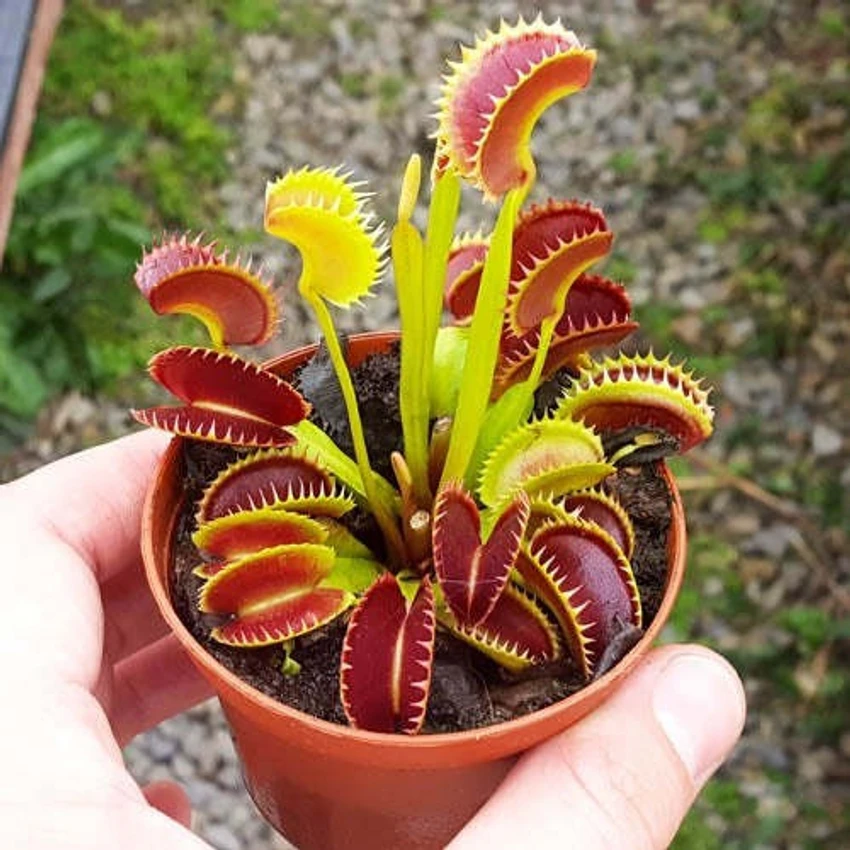
The most iconic and dramatic insect hunter.
The Venus Flytrap is a classic carnivorous plant known for its jaw-like traps that snap shut on unsuspecting insects. Native to bogs in the Carolinas, it thrives in bright light and moist, acidic soil. Indoors, it does best on sunny windowsills with distilled water and a dormancy period in winter. Watching its traps close in response to touch never gets old, making it both a conversation starter and a natural pest control agent.
2. Pitcher Plant (Nepenthes spp.)

Elegant, exotic, and highly effective.
Nepenthes, also known as tropical pitcher plants, are climbing or trailing plants with tubular, fluid-filled “pitchers” that lure and digest insects. These plants are striking and alien-looking, with a variety of colors and patterns. Indoors, they love high humidity, warmth, and bright indirect light. Hanging baskets or terrariums are ideal settings for Nepenthes, adding lush, jungle vibes to your interior while naturally reducing indoor pests.
3. Sundew (Drosera spp.)
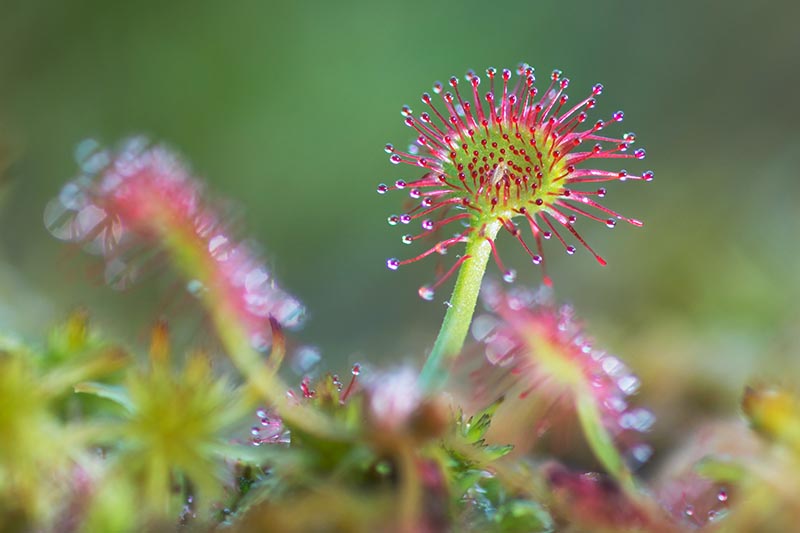
Dewy tentacles that shimmer and snare.
Sundews are delicate yet deadly, with sticky, glandular hairs that trap and digest insects. These glistening droplets of mucilage look like morning dew, but act like flypaper. Drosera thrive in bright light and high humidity and are among the easiest carnivorous plants to grow indoors. Their compact size and glittering appeal make them great choices for terrariums or windowsills.
4. Butterwort (Pinguicula spp.)
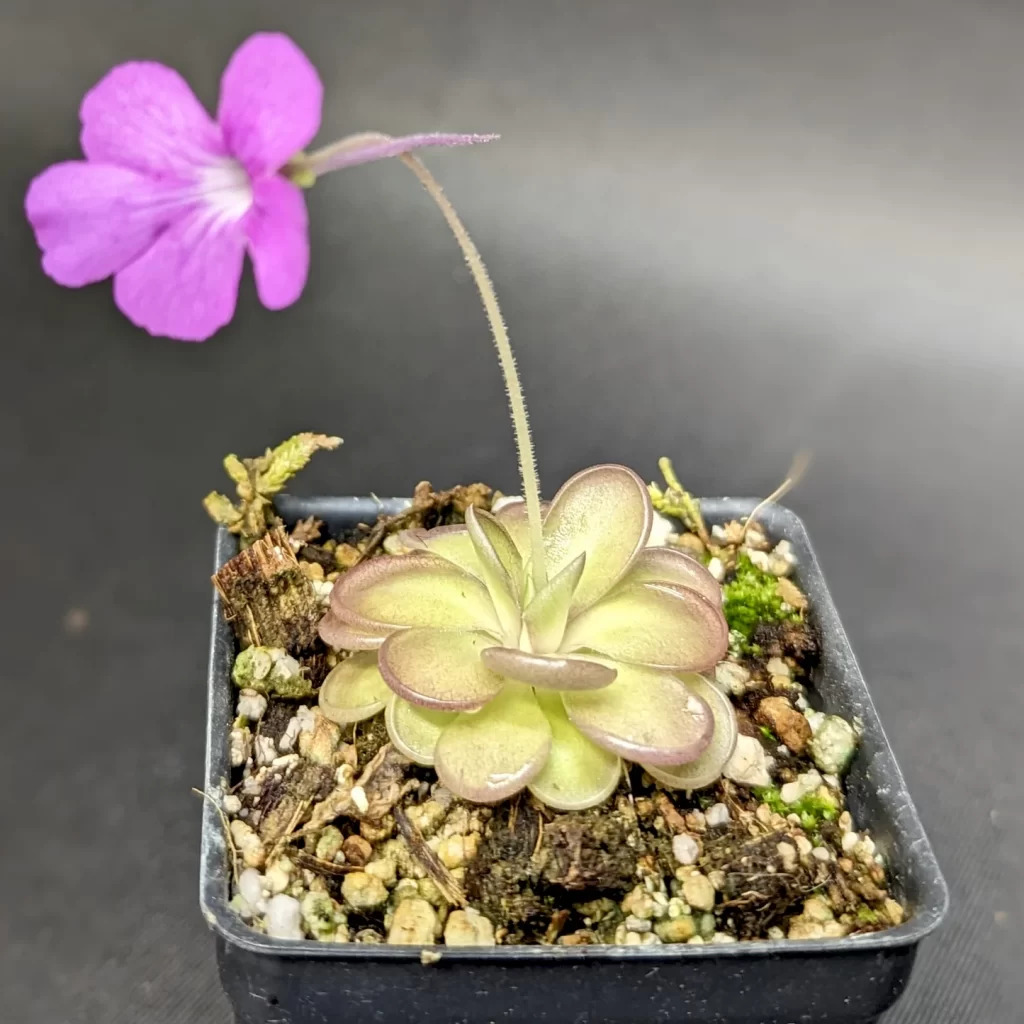
Rosettes of beauty with sticky surprises.
Butterworts feature flat, succulent-like leaves that secrete a sticky substance to catch small insects. They also produce charming flowers in pink, purple, or white. These plants enjoy bright, indirect light and well-drained, low-nutrient soil. Unlike other carnivores, some species of Pinguicula go dormant in winter and shift into a non-carnivorous phase, offering seasonal interest and low-maintenance charm.
5. Cobra Lily (Darlingtonia californica)

Serpentine and mysterious.
This North American native is named for its snake-like, hooded leaves that resemble a striking cobra. It traps insects using a confusing system of translucent windows and a slippery path into its pitcher. Cobra Lilies require cool roots and pristine water, which makes them a bit more challenging indoors, but their unique appearance is worth the effort. A cool windowsill or cool-water tray setup is ideal for this rare beauty.
6. Tropical Pitcher Plant (Heliamphora spp.)

Highland elegance with high-performance trapping.
Often called “sun pitchers,” Heliamphora are stunning highland species with upright pitchers that catch rainwater and insects alike. They love cooler indoor temperatures, high humidity, and very bright light. They’re best grown in glass enclosures or well-lit terrariums where conditions can be controlled. Their sculptural form and subtle coloration add elegance and mystery to any plant collection.
7. Albany Pitcher Plant (Cephalotus follicularis)

Miniature and marvelously unique.
Native to southwestern Australia, the Albany Pitcher Plant features small, hairy pitchers with toothy rims and an otherworldly appearance. It’s compact, making it perfect for small indoor spaces or terrariums. This slow-growing species thrives in moderate light, high humidity, and cool conditions. It’s ideal for collectors who want something rare and rewarding without taking up much room.
8. Dewy Pine (Drosophyllum lusitanicum)

Desert-adapted and delightfully sticky.
Unlike most carnivorous plants, Dewy Pines prefer drier conditions, making them easier to manage in some indoor setups. They have long, slender leaves covered in glistening, insect-trapping mucilage and emit a sweet scent to lure prey. Bright light and sandy, well-drained soil are essential. Their resilience and unusual requirements make them an attractive option for growers who want carnivorous plants without high humidity.
9. Waterwheel Plant (Aldrovanda vesiculosa)
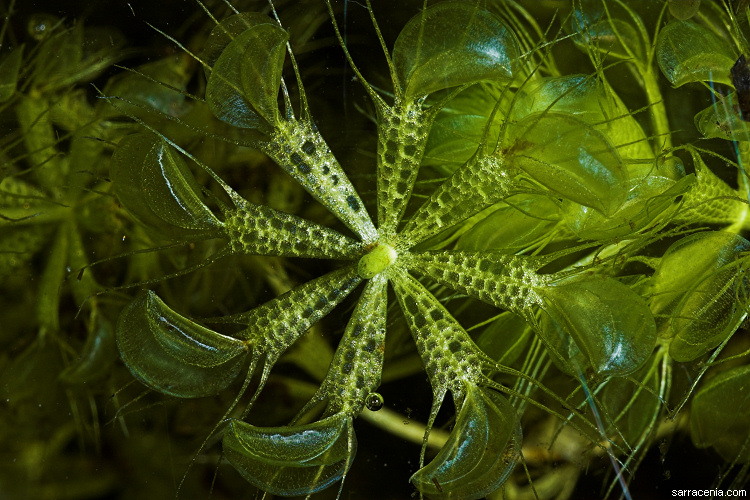
An aquatic flytrap-like wonder.
This floating carnivore is often called the “aquatic Venus flytrap” due to its snapping traps. It captures tiny aquatic prey in water gardens or aquariums. Though trickier to grow, it can thrive in a warm, sunny indoor aquatic setup. Aldrovanda offers a unique experience for enthusiasts looking to explore aquatic plant ecosystems and adds dynamic movement to any indoor water feature.
10. Byblis (Byblis liniflora)
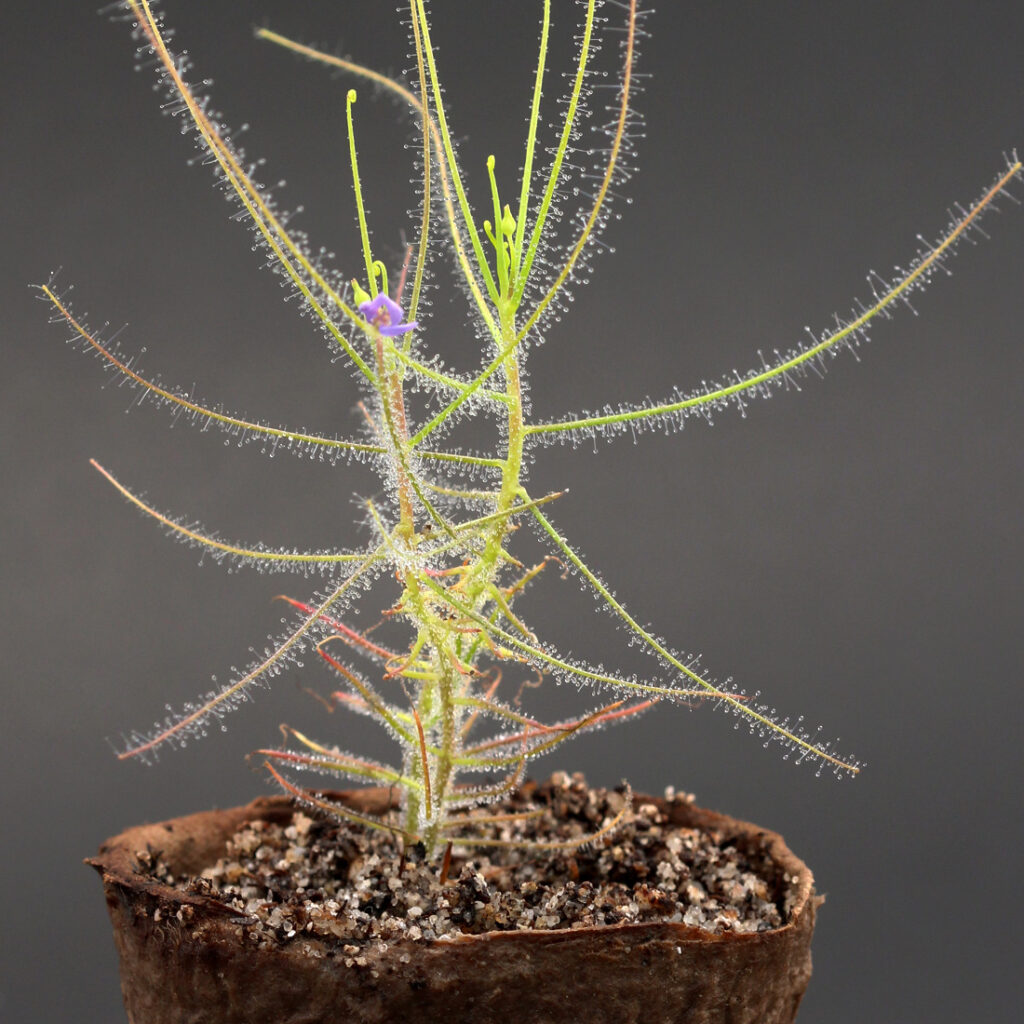
Rainbow-hued sticky traps with stunning blooms.
Also known as the rainbow plant, Byblis looks like a sundew but belongs to a different plant family. It has slender stems and glittering, sticky hairs that reflect light beautifully. Its dainty purple flowers add extra appeal. These plants prefer bright light, high humidity, and well-drained, sandy soil. Byblis are fantastic for display in glass domes or terrariums, offering captivating color and form.

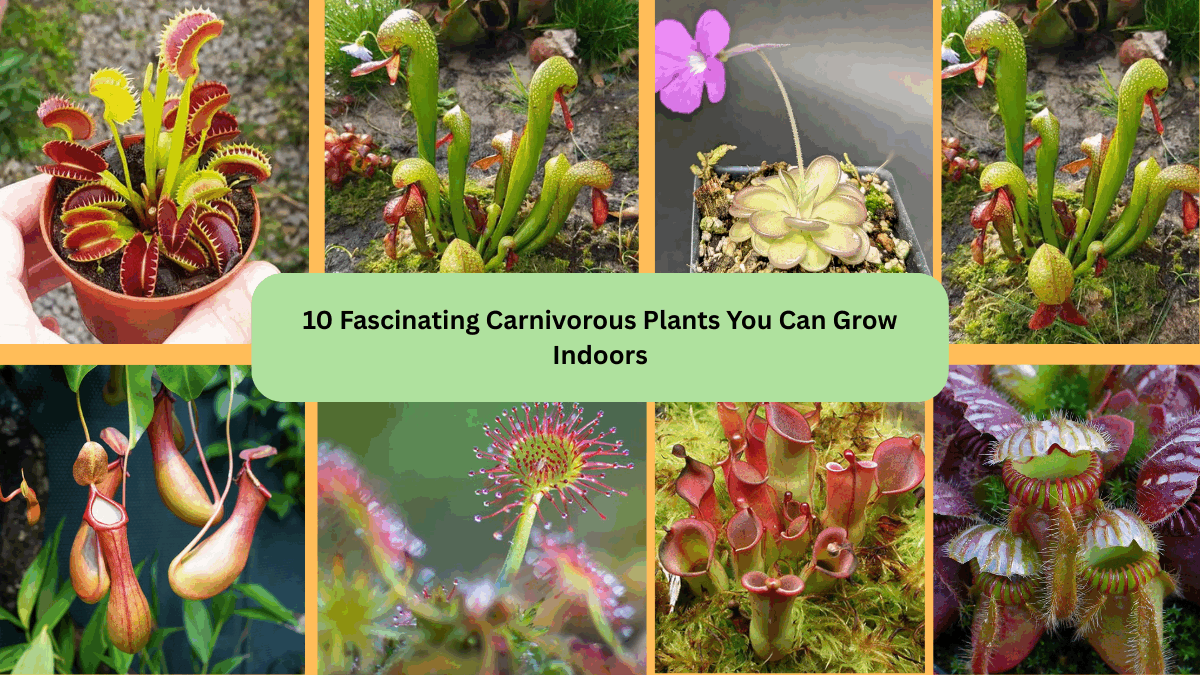
Leave A Comment